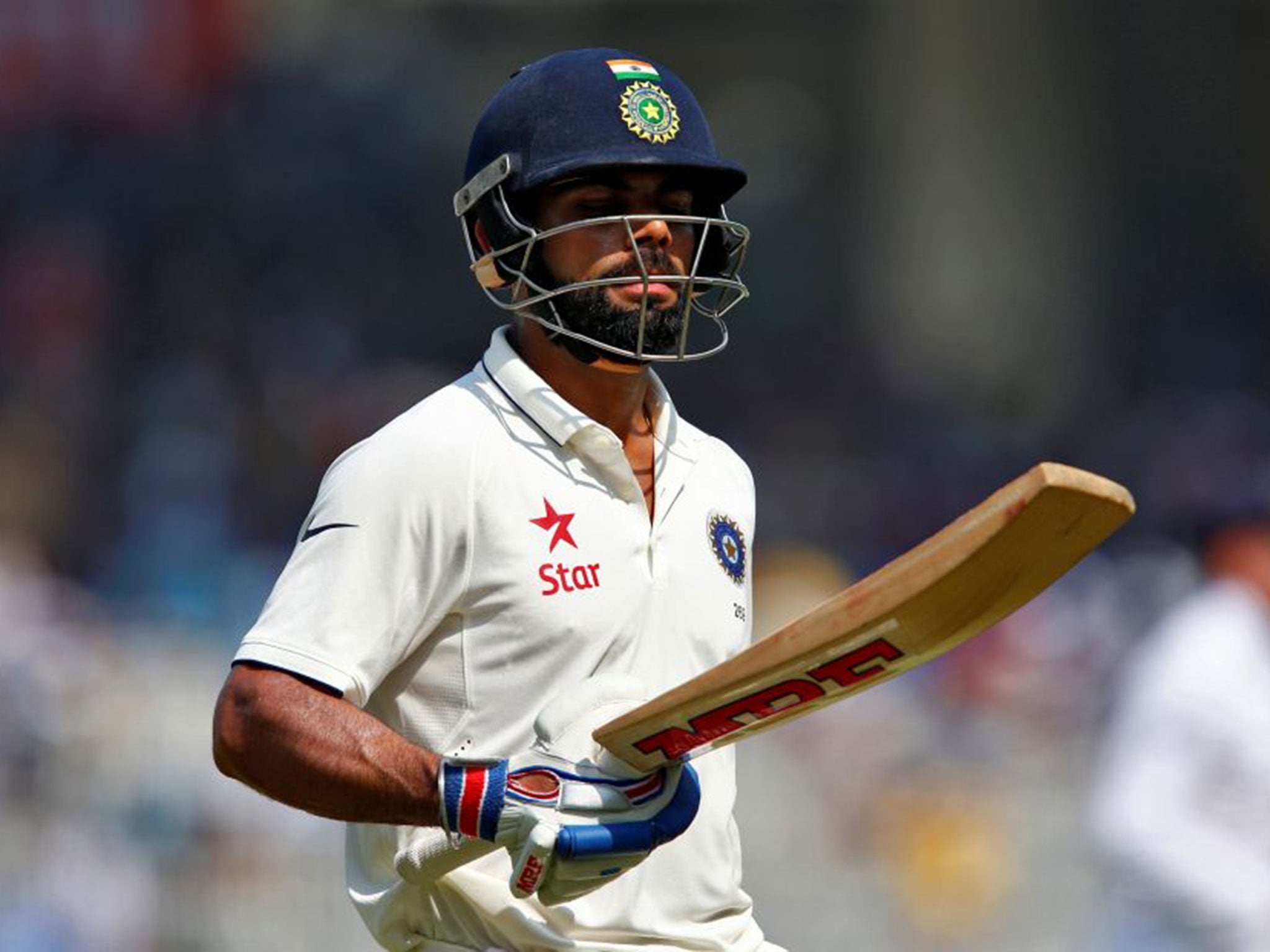India vs England: Pace bowlers finally get it right, it's just a shame it took England five Tests to realise
After falling into the trap of relying on spin in India, England's pace attack get the better of Virat Kohli and Cheteshwar Pujara, only for Rahul to score 199 to take the game away from them

India has always been a place that has confounded the English mind. Long since Rudyard Kipling posited that “East is East and West is West, and never the twain shall meet,” visitors have come to the country, determined to get a handle on things, and have left even more bewildered than they were at the start.
And so it will be with this England team who, having spent a frustrating four Tests grappling with how to get Virat Kohli and Cheteshwar Pujara out cheaply, managed to succeed on both counts in the same innings, albeit now the series has gone.
So how did England do it? With their pace bowlers of course. Spin, especially when bowled by visiting tweakers, has been one of the perennial red herrings of playing in India. Even some of the greatest of the genre, like Shane Warne and Muttiah Muralitharan, have proved less effective in India than in other parts of the world. Yet still teams persist, even though India’s batsmen learn to play it before they can walk.
One of the reasons why spin is still favoured by touring sides even though it rarely proves effective, is that the bare pitches and humid heat of places like Chennai make it hard work for the pace bowlers. But persist with seam, as Alastair Cook did from one end after lunch on day three and things will happen, in this case the toppling of the twin pillars of India’s batting.
Ben Stokes was the first to strike. Under-bowled by Alastair Cook in the previous Test, Stokes is one of those dogmatic characters who often make things happen through the sheer force of their personality. The air crackles with expectation when players like him are engaged and energy levels rise. You could see it in the extra force with which ball hits bat when he bowls.
It means also that mistakes tend to get punished so when Pujara, in a rare aberration, fished at one outside off-stump with his footwork flat, the edge was found and a grateful Cook snaffled the catch at first slip.
Broad replaced him at the same end, a taller bowler but one who began his career with all the zip and aggression Stokes now exhibits. Age tends to bring economy, of effort and thought, and where Broad would once have resorted to the battering ram, he now uses nous. Hopefully, Jake Ball, one of a talented bunch of England pace bowlers that constitute the future, was taking note.
Broad’s plan, given Kohli’s near monopoly of the crease this series, would have been to frustrate him into error on such a benign pitch. He did this by bowling wide of off-stump with a packed off-side field. Kohli is a superb batsman and the ploy needed an extra tweak by Broad, that of bowling a leg-cutter from around the wicket, to spring the trap.

The slightly slower nature of the leg-cutter (5mph less than Broad’s standard ball) and that fact that the angle helped to take it wider than Kohli anticipated, all contributed to the miscued drive that found Keaton Jennings’ hands at short extra cover. It was, through choice of ball, angle and fielding position, an immaculate conception by England, just one, sadly, that was four Tests too late.
To be fair to Kohli and Pujara, both men are likely to have been a bit demob happy, following India’s series win. Kohli in particular had been laughing and joking a lot more during this match than previous ones. When the series was live, he was brooding and intense, his need for drama driving him on to the heights that have seen him score 655 runs at the heady average of 125.
With a decent total of 477 on the board and with India’s two best batsmen back in the hutch, you’d have thought England would have been well in control of the match. But this is India, and just when you think you have a handle on something, such as the cheap dismissals of Pujara and Kohli, something else pops up to confound you, in this case KL Rahul and Karun Nair.

Until now, Rahul had not enjoyed the best of series but he cashed in on any frustrations with a fine 199, the highest Test score of his career. Nair, too, enjoyed himself with his maiden half-century. Run out by Kohli after a mix up on his debut in Mohali, he will now feel he has arrived in Test cricket.
Both men might have fallen to the pacemen when England took the second new ball. But one edge went through a gap that shouldn’t have been there while Cook dropped the other at first slip, damaging his finger enough to move himself out of the cordon to mid-on.
You can ponder life better in places like that and had he done so Cook will have been struck that just when his team seemed as if they must dominate the match, their position was suddenly not as strong as first appeared. But then this is India, where nothing is straightforward and illusion is the national pastime.
Join our commenting forum
Join thought-provoking conversations, follow other Independent readers and see their replies
Comments
Bookmark popover
Removed from bookmarks